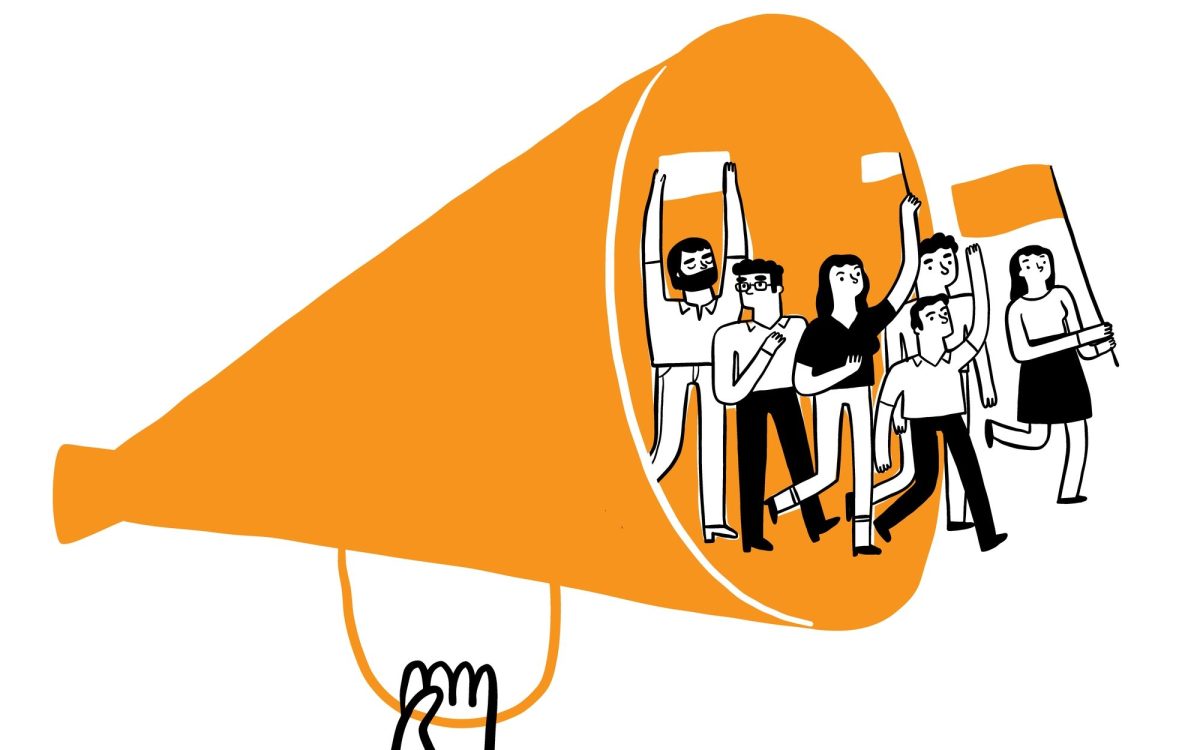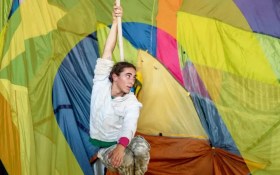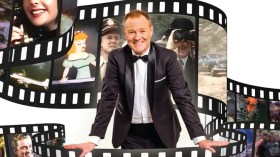Earlier this year when I was invited to embark on ArtsHub‘s diverse writers initiative, now formally titled the Amplify Collective, one of my priorities was to create a Cultural Safety Document. It wasn’t just about creating a ‘friendly’ workplace, but also about examining the relationships and power imbalances between writers, editors, interviewees, readers and the sector at large.
Three months later, this document was presented to 45 participants of the Amplify Collective as part of their writers’ packs, as well as ArtsHub‘s entire company.
View ArtsHub‘s Cultural Safety Document 2023 here.
The introduction states:
As journalists and writers, we have the power to shape narratives and perspectives through the stories we tell. It’s important to recognise that our words can have different impacts on people from different cultures, backgrounds and experiences.
ArtsHub Cultural Safety Document 2023
This feels even more pertinent now as we live in an age when arts journalism is in a precarious position nationwide, and we have to call ourselves a ‘niche’ despite 98% of Australians engaging in the arts in some way. But arts journalism is fundamentally different in the sense that writers are often intertwined with the sector as arts workers or artists themselves – we cannot maintain the required distance that is emphasised in Journalism 101.
For arts journos it is oftentimes a balancing act between observations or criticisms and trying to support work in a under-resourced sector. In terms of cultural safety, this broadens the scope of stakeholders we have to consider, while trying to ensure editorial integrity is upheld in professional practice.
Drafting this Cultural Safety Document was a big undertaking that in many ways shifted the way I thought about diversity, representation, inclusion and accessibility, as well as made me realise how much work there is still to be done. Writing a Cultural Safety Document isn’t just a physical task, it’s a mental and emotional one too. Here I share some thoughts and learnings from this journey.
Reach out, communicate and listen
Something I didn’t realise before jumping on cultural safety is that, despite so much talk in the sector about why it is needed, there is no template or guideline that can be used when it comes to actually creating a document. In order for cultural safety documents to make an impact, they have to be tailored to specific workplaces and relationships.
But thankfully there are people with the knowledge and experience, and speaking with them has largely informed my considerations on what should go into the document to fit with ArtsHub, but also the broad spectrum of diversity we wanted to cover. Here I’d like to give a shoutout to advocates in the sector who have been working on this extensively and have been so generous in sharing their experiences and resources, including artist, theatre-maker and writer Patrick Gunasekera, independent researcher and cultural critic Tristen Harwood, and producer and Founder of Diversity in Australia Media, Ana Tiwary, just to name a few.
The drafting of this document also coincided with the 11th Institute of Professional Editors (IPEd) Conference, which gave me the opportunity to hear from diverse editors and speakers, including Dr Sandra Phillips, Dr Louise Merrington AE and Tanja Gardner, who talked about editing practices from a First Nations and neurodiverse perspective.
Read: Strengths and challenges for neurodivergent editors
Research and consultation went hand in hand, and it wasn’t until a dozen emails later that I had a broad idea of what needed to be included in the document to capture some of these conversations. At this point Ana had been engaged as a program adviser for the Amplify Collective and our weekly phone calls continued throughout the drafting process.
ArtsHub‘s Cultural Safety Document is split into 12 sections that outline:
- motivations and privileges
- respectful relationships
- mindfulness around stereotypes
- inclusive language
- Indigenous Cultural and Intellectual property (ICIP)
- accessibility
- anonymous sources and pseudonyms
- defamation
- content warnings
- editorial process
- a note on deadlines, and
- social media.
Some of these topics are more specific to writers and editors, while others can be applicable to daily social interactions. Each section provides a touch point on the matter, rather than an in-depth analysis. The aim is to start the conversation and thinking without being overwhelming.
The document states clearly from the start that cultural safety is not a done and dusted matter:
This is a living, working and evolving document. We welcome any feedback to expand our understanding and put into action cultural safety guidelines for our writers, editors and workplaces.
ArtsHub Cultural Safety Document 2023
More than being a stagnant document, this guide outlines our commitment to keep the conversation open for feedback and improvements.
Don’t leave yourself out of the picture
The Diversity and Inclusion space is filled with passionate and hardworking professionals. While it’s heartwarming to see so many people who are championing for improvements in the sector, it also can mean that the burden of creating this safe space is put on those who most need it.
The reality is that there is a lot of self-evaluation and self-criticism involved when it comes to creating a Cultural Safety Document. ‘Have I assessed my own privilege? Am I being considerate enough? Do I understand other people’s experiences? Am I being too harsh? Do people feel supported and what if they feel left out…?’ these are just some of the questions that have flowed through my mind in a constant stream throughout this process.
I have been really lucky to be surrounded by a supportive team and an expert adviser, but even so sometimes it can feel like being backed into a corner where you are afraid of doing something wrong and so, instead, do nothing at all. I think the lesson here is: don’t leave yourself out of the picture. Just as care sits at the core of what we do when thinking about cultural safety, the same care should apply to you, whether you’re creating a framework or leading a project.
Make sure there is someone you can talk to, whether that is a manager, mentor, peer or a friend. And organisations have a role to play in this too, to ensure that the person tasked with this responsibility isn’t placed in a silo.
Read: How to find a mentor – and make the most of it when you do
As with any other structural change that is being implemented into the sector to battle discrimination and predatory behaviour, setting up guidelines can make people feel like their actions are being policed and restricted. This pushback exists in intimacy coordination and I think the same line of counterargument can be applied to cultural safety, in that the aim is to actually promote agency and well-being for everyone.
Words are important, but they have to be backed by people
We understood that our work wasn’t done after creating the Cultural Safety Document, and something Ana said that stuck with me is ‘cultural safety can’t happen if people don’t even know each other’. It comes back to the importance of fostering relationships.
Being a writer and journalist in the arts is about managing different relationships as much as it is about the writing. It’s a small sector where professional and personal lives are often intertwined.
…
Equally, writers should be treated with respect – it’s important to know when a comment crosses the line between professional pushback and personal attack.
‘2. Respectful relationships’ in ArtsHub Cultural Safety Document 2023
Believe it or not, you can have a stunning, fresh out of the oven, Cultural Safety Document, but still have a toxic workplace. Luckily, the reverse can also be true in that words on paper may not get everything right, but if people are starting to be more considerate around things such as access and representation, then the document can light up a path for improvement.
Putting words into practice and learning from these interactions is one important step towards having cultural safety built into organisational culture, rather than as something to be filed away. At the heart of an effective Cultural Safety Document are people who are willing to engage and contribute, even if this means working against existing systemic barriers.
It’s also one of the reasons the word ‘Collective’ is so important in the title of the project, and we hope for it to be a defining feature in this initiative. Collectively, we are sharing knowledge, networks, experiences and voices. Collectively we are amplified.





